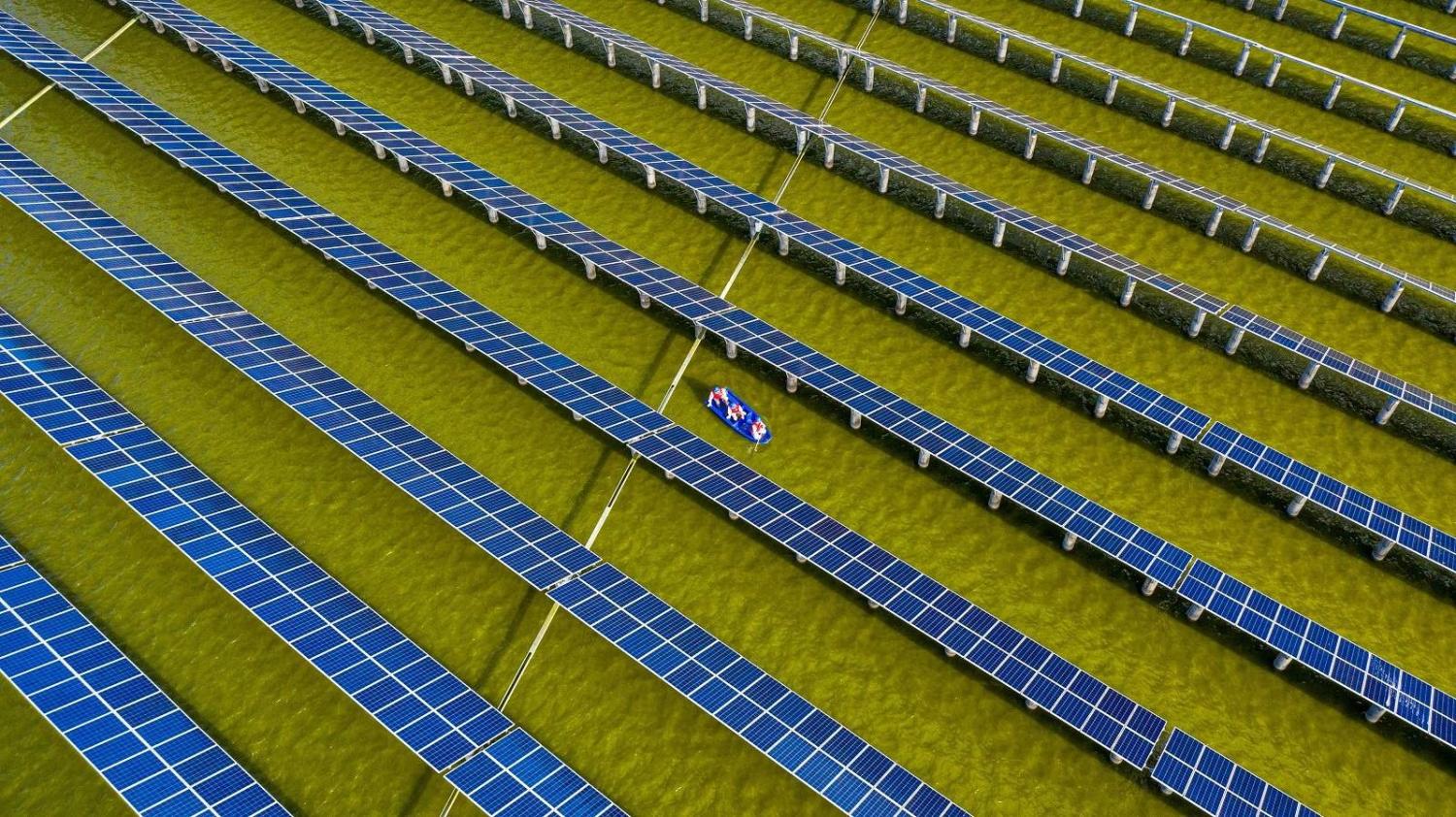National security thinkers follow a distinct pattern when they consider Australia’s future defence requirements. For most, the preferred point of view is risk-based. A policy response is framed in military-diplomatic terms, generally a proposal for increased capability and support for the ANZUS alliance. However, such an approach downplays other potential threat offsets, namely non-risk based opportunities.
Take China, for instance, and the danger its rhetoric and actions pose to the established order in the Western Pacific. That China is a national security concern is hard to dispute, but the response need not be solely a military-diplomatic one. Security assessments that leverage opportunities found in other parts of Australian society also have the potential to enhance the nation’s security.
The current opportunities Australia can exploit — among others — are the technologies associated with the Fourth Industrial Revolution (4IR) and renewable energy. In combination, both will create new approaches to energy production and manufacturing that have the potential to build a wealthier, stronger and more resilient Australia. This is not a futurist prediction. Both revolutions are already underway and other countries have begun to take advantage of the opportunities they offer.
The Australian government’s interest in renewable energy is even less impressive, and can best be described as hostile and backward-looking.
The leaders in adopting 4IR technologies and principles are the United States, China, Germany and Japan. Australia is a distant laggard. The Australian Department of Industry, Science, Energy and Resources has published a policy, which it calls Industry 4.0, and is in the process of setting up a pilot program with academia, but it is all pretty low-level and rather anaemic. It is certainly not a priority. A report by KPMG highlights in strong terms how unprepared Australian businesses are for the technological changes the 4IR will bring. The Australian government’s interest in renewable energy is even less impressive, and can best be described as hostile and backward-looking.
Advances in additive manufacturing (also known as 3D printing), distributed or decentralised production, digital processing, artificial intelligence and nano-biology, for example, are already reshaping how and where products are designed and made. Convergence, driven by the internet of things, is creating networks of buyers and sellers in ways previously unimaginable and at the same time destroying existing systems of manufacturing, distribution and sale. Renewables, such as solar and wind, have plummeted in price and now cost less than any fossil fuel-based electricity production. The development of networks creates the opportunity for the efficient and productive exchange of information and energy. Once those networks are linked, distributed energy, like manufacturing, becomes possible, with small producers buying and selling energy.

We should remember how quickly such transitions can occur. There was a time when few could imagine a need for the personal computer, yet, today half the world’s households have at least one, while mobile phones have more power than the mainframes of old.
There is a historical urgency for Australia to seize the opportunities presented by the 4IR and the renewable revolutions if it is to secure its future. National security is ultimately about power and influence, and power typically follows the creation of wealth. Those states that grasp the opportunities of the 4IR early – as did the United Kingdom in the days of the First Industrial Revolution – are more likely to create conditions in which their people prosper and have the opportunity to shape their own destinies. Those who are laggards will again struggle to compete under the conditions of this new industrial age.
Security thinkers must widen the debate on Australia’s future security and the country’s place in the world. They need to highlight the potential of the revolutionary technologies that are coming into service to strengthen Australia both materially and morally. There is precedent for advocating such a position. At the turn of the 20th Century, social welfare movements in Europe and the United States strove to improve the health, education and well-being of the non-elites. There was both altruistic and moral motivation in these efforts – the belief that a more capable, healthier and educated population made for a stronger and more powerful state. National security was not far from the minds of legislators who advanced numerous reforms to society. Even the Scout and Guide movements originated out of a desire to develop fitter and more capable young boys and girls who would be of greater value to the state.
China and climate change present multiple risks to Australia that require different solutions on different levels.
By not including opportunity in their analysis, national security thinkers are limiting solutions to the risk side of the defence equation. The result is a one-dimensional discourse that is not as useful as it could be. Highlighting 4IR opportunities, such as the potential for additive manufacturing to grow Australia’s industrial base, or the utility of information convergence to improve efficiency, could lead to policies and initiatives that allow Australia to better its position relative to other states. Reducing greenhouse gas emissions and switching to renewable energy production, for example, would eliminate the current much riskier energy policy, namely Australia’s dependence on imported liquid fuels.
China and climate change present multiple risks to Australia that require different solutions on different levels. Australia’s goal in regards to China is to avoid becoming a client state or worse a satrapy, while to counter climate change will require not only zero emissions but also a more resilient and adaptive society. Each of these risks requires different solutions which make for a more complicated response. By embracing the opportunities of the 4IR and renewable energy revolutions, Australia may generate the wealth to help offset China’s dominance while providing the technologies and design systems to address climate change. The prospect of creating a single solution for two problems is one worth exploring and one in which security commentators should be taking an active interest.

